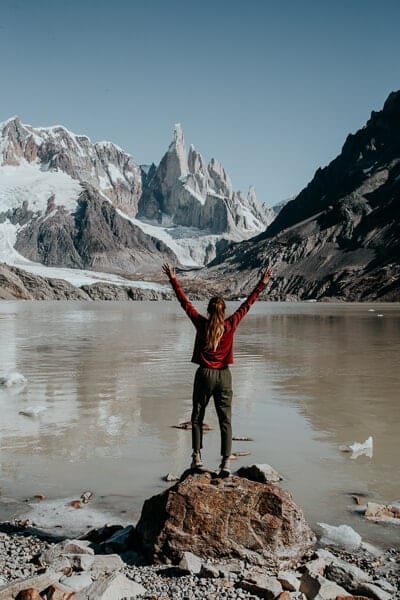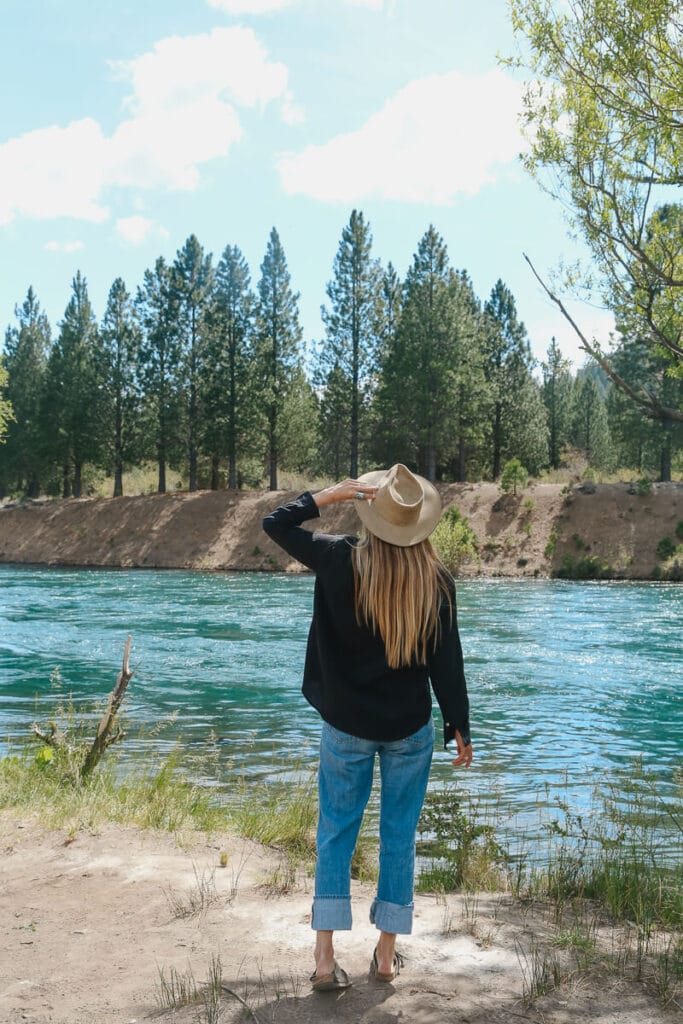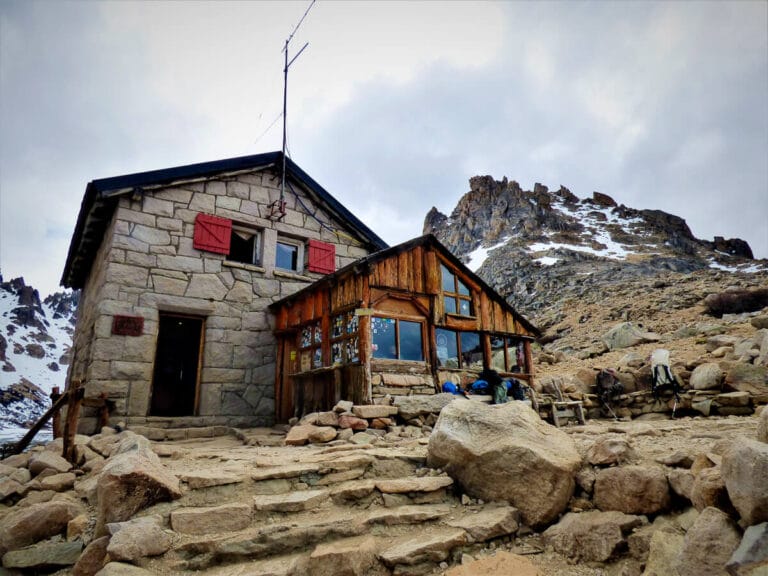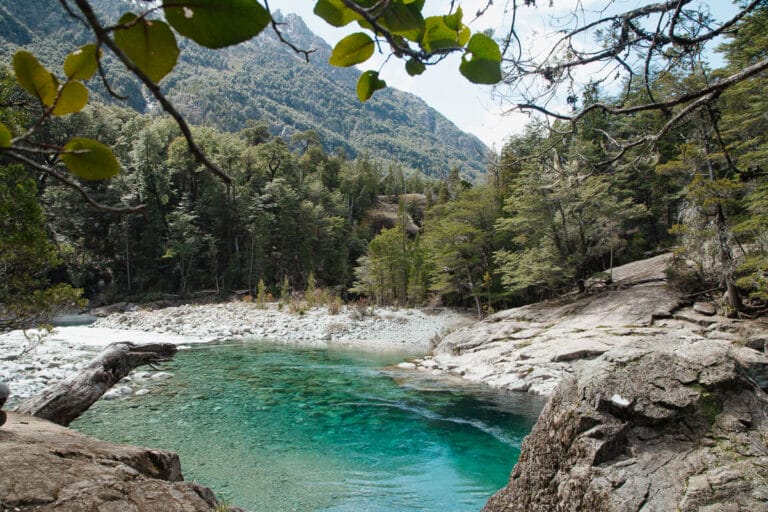You could spend a lifetime in Patagonia and still not see it all. But that won’t stop me from trying!
If you’re also trying to navigate the enormity of Argentina’s Patagonia, this travel guide will help.
Below you’ll find some FAQ’s answered to help you get your bearings, followed by all of my Patagonia travel guides and itineraries.
I couldn’t pick a favorite destination if I tried but Peninsula Valdes’ wildlife, El Chalten’s mountains, and the national parks of the northern Lake District all rank very high.



QUICK NOTE: This post contains affiliate links and Sol Salute may receive a commission for purchases made through these links, at no extra cost to you.
Patagonia at a Glance
Provinces: La Pampa, Neuquén, Río Negro, Chubut, Santa Cruz, Tierra del Fuego
Geographical Overview: Where to go in Patagonia?
Patagonia is immense and houses its own major destinations within itself.
The North Patagonia Lake District is one of the most popular destinations, with Bariloche being its main city and charming Villa La Angostura and San Martin de los Andes to its north.
Then you have southern Patagonia, focused on El Calafate (and its glaciers) and neighboring El Chalten (with its hikes), these two are best visited together.
At the very southern tip is Ushuaia, the end of the world. And let’s not forget about the Patagonian Atlantic Coast, with its wildlife paradise in Puerto Madryn and the Peninsula Valdes.
When to visit Patagonia?
The summer months have the best weather and longest daylight hours for the hiking and outdoor sports Patagonia is famous for.
Late Fall and early Spring have great weather and smaller crowds. Winter in Patagonia is a winter wonderland with the best Argentina ski resorts and snow sports from July to early September.
What to pack for Patagonia?
In Patagonia you can easily experience all four seasons in a single day. Pack strategically and focus on layers you can mix and match for different weather and destinations.
For example, I love these flexible hiking pants because they work both in Buenos Aires and hiking in the mountains.
In summer, you can still have chilly evenings so always have at least a light jacket with you. Bring a swimsuit because you may be blessed with warm enough weather to take a dip in the lakes of Bariloche or to enjoy your hotel’s hot tub in Ushuaia.
The Patagonian wind is infamous, so bring a windbreaker with a hood and a scarf.
For hiking in warmer months you can get buy with just sneakers or hiking shoes in El Chalten but in Ushuaia the mud is no joke. You’ll want proper waterproof hiking boots (I love mine). I also highly recommend hiking poles in Patagonia, we got this cheap beginner friendly pair and they save our aging knees.
How to get around Patagonia?
The distance between major destinations in Patagonia is immense and the scenery can be sparse.
Whenever possible, I recommend flying. Look for direct flights whenever possible. There are regular flights that connect El Calafate and Ushuaia, for example. However, Bariloche and El Calafate are only connected with direct flights in summer. So you may have to backtrack to Buenos Aires, which while inconvenient, it is still often the most convenient option.
Buses are always an option to consider instead of flying but keep in mind that the distances are very long and the scenery will not be as exciting as you’re anticipating. It’s a desert out there.
Check Plataforma 10, Busbud, and Central de Pasajes for tickets/schedules. Keep in mind that some buses are also seasonal, like Marga Taqsa’s bus connecting Bariloche to El Chalten/El Calafate.

















































